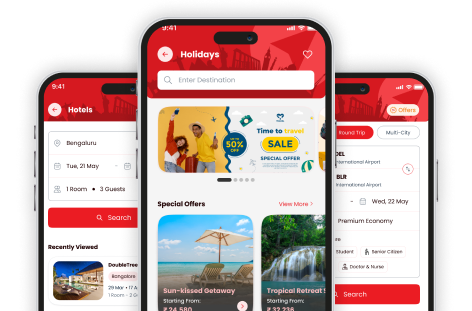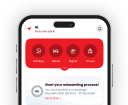justify;">Located in the North Western part of Europe, Denmark is a Scandinavian country. The capital city is Copenhagen and the most popular tourist attractions are Aarhus, Aalborg, Odense, and the capital city. With some of the cozy places and
things to do in Denmark, you will be in heaven. It will be wise to know about the best
Denmark tour packages too so you can buy the best one that suits your budget.
Denmark Currency Information
The knowledge about currency is an important bit of knowledge that one must have, no matter what the age of the person may be. Travelers need it the most for the fact that they got to exchange their money to the country they visit. Travelling to Denmark? You got to have a fair idea on Denmark money. Like other countries that have currency names, Denmark also has a name to its currency. The official currency of Denmark is Krone. The same currency is also used in other places Faroe Islands and Greenland.
The issuer of the money is Denmark’s National Bank. The banknotes in current use are 50 kroner, 100 kroner bill, 200 kroner, 500 kroner, and 1000 kroner bill. The coins in Denmark currency are 1 kroner, 2 kroner, 5 kroner, 10 kroner, 20 kroner, and 50 kroner. The ISO code for the currency is DKK and the symbol in use is kr. The currency was introduced in the year 1875. The coins are of different sizes and also a few have holes in them. The currency is also known as Danish Krone popularly. The value of 1 Danish krone is equivalent to INR 10.47.
History of Denmark Currency
You should know about the many places to visit in Denmark. At the same time, you can’t ignore the history of the country’s currency. Denmark country’s currency has gone through several changes since the time the first currency was introduced. The first set of coins used in Denmark were known as Korsmonter or even cross coins. The minting of these coins took place in the tenth century. The coins were mainly minted in silver metal.
It was the only way one could spend for purchasing items. With the increase in transactions happening across the country, the usage of coins got complicated. That is when Denmark money came in the form of banknotes. Scandinavian Monetary Union came into existence in the year 1873. It was after this union that the official currency of Denmark that is Danish Krone was introduced. Soon the First World War began in the year 1914, the Scandinavian Monetary Union met its end.
In the year 1945, 24 Danish Krone was equivalent to 1 Great Britain Pound. The value started decreasing gradually until the release of new banknotes in the year 1997. Coins began to have themes on them and began to be circulated since 2001. The latest banknotes underwent distribution in the year 2009 and the year 2011.
Best Place to Exchange Currency in Denmark
Only travelling with enough money to a location doesn’t help. One needs to also exchange the money they carry so that they can make use of their presence in the country they visit. Can you imagine a day without money in a new land? We know the answer. It is imperative that one knows the exchange rate and the best places to exchange one’s currency to Denmark currency when in Denmark. One can’t spend otherwise. In order to get the best exchange rates or a fair fee, use the ATM available there. You have another option of going to an Exchange Bureau that are in numbers in Denmark. Copenhagen has a number of them.
Exchange rate also depends on the time of the year. It is good to know about the best time to visit Denmark, so you save more even in currency exchange.
Digital Transaction in Denmark
Denmark is one of the earliest following the trend of digital transaction. You won’t believe that more than social media platforms, Denmark locals like using their mobile pay applications. Denmark money is extensively used in the form of digital money through mobile pay app that was introduced in the year 2013. They also use card payment method extensively for making any kind of transaction.
Tipping in Denmark
As the cost of living and services that one use in Denmark is high, tipping may be only an option for you. As per the law in the country, every cost including the tip should be a part of the bill that you pay. The service providers don’t expect tips. If you do give tip out of love and generosity, they don’t mind. Are you used to paying tip to those who make your day better? Well, it is at your discretion to pay or not. You are already paying higher Denmark money for every service you avail.
....Read Less




